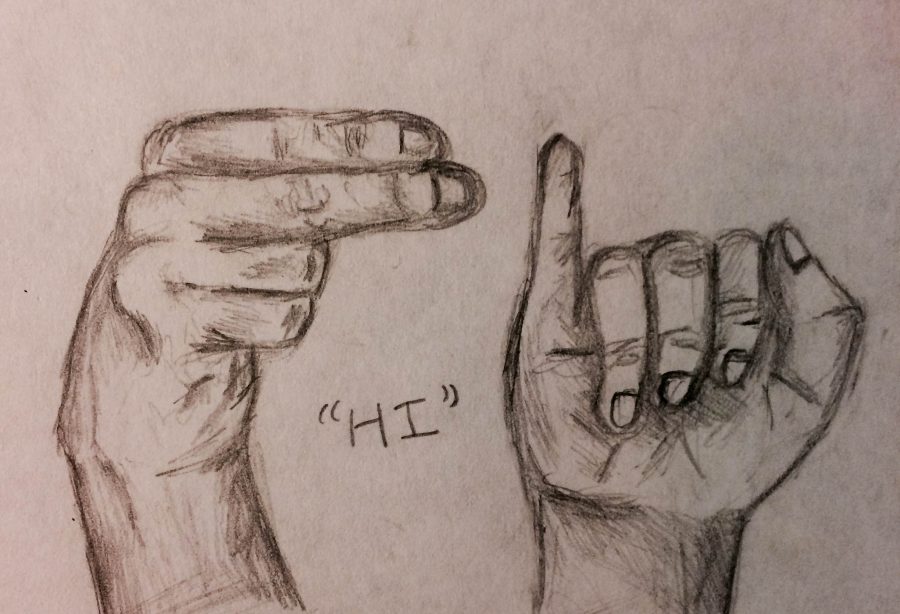Breaking the Barriers of Hearing, American Sign Language
February 16, 2017
As the last school year came to a close, Ridge High School not only said goodbye to a class of graduates and a class of new faces began their journey through these hallowed halls, but also implemented some new courses into the curriculum. One of these new courses was American Sign Language, or ASL.
Even though having one universal form of sign language can help others communicate more easily, currently, there are around 130 official types of sign languages around the world, each with its own different hand gestures, facial expressions, and meanings. In the United States, the ASD (American School for the Deaf) was developed exactly 200 years ago, which helped develop ASL into its own modern form. Because of its popularity, American Sign Language is also used in most of Anglophone Canada.
Two students, Karen Cui and Austin Segal, currently take ASL, and find it one of the most enriching courses they have ever taken. Devil’s Advocate reporter, John Tondora, spoke with both of them to learn even more about the course.
Devil’s Advocate Reporter (JT): How is ASL compared to other language classes you’ve taken in middle school?
Austin Segal: ASL is the most creative language I know, since it employs hand shape, direction, location, movement, and facial expressions to build meaning rather than just speech. Also, ASL allows me to communicate further, even without sound, to those who cannot hear or speak.
JT: How do you think your understanding of ASL helps you communicate with those who can speak?
AS: Despite what many people believe, ASL has its own syntax, which is completely separate from English. However, ASL also allows me to communicate with my fellow signers across hallways and rooms, creating fun interactions with those who know the language.
JT: How does ASL assist you outside of the classroom, in extracurriculars, and other areas?
Karen Cui: One great thing about ASL is that it trains you to be more expressive when speaking, which assists you in your communication with others. To me, this has become very helpful in my day to day life outside the classroom.
JT: Do you think ASL helps you in other academic classes?
KC: Definitely in times when I need to be more expressive, such as English class, in which we have to do acting or skits. Sometimes, being able to communicate with not only words, but also actions and expressions, helps me communicate.
Because of ASL’s popularity, the Board of Education has approved for a second year of ASL for ASL students who want to continue their studies. If you’re unsure of which language course to take next year, be sure to look over American Sign Language!


James Gao • Feb 26, 2018 at 1:47 pm
Absolutely a great choice by the BOE to include this course… It opens our township up to communication on an entirely different level.